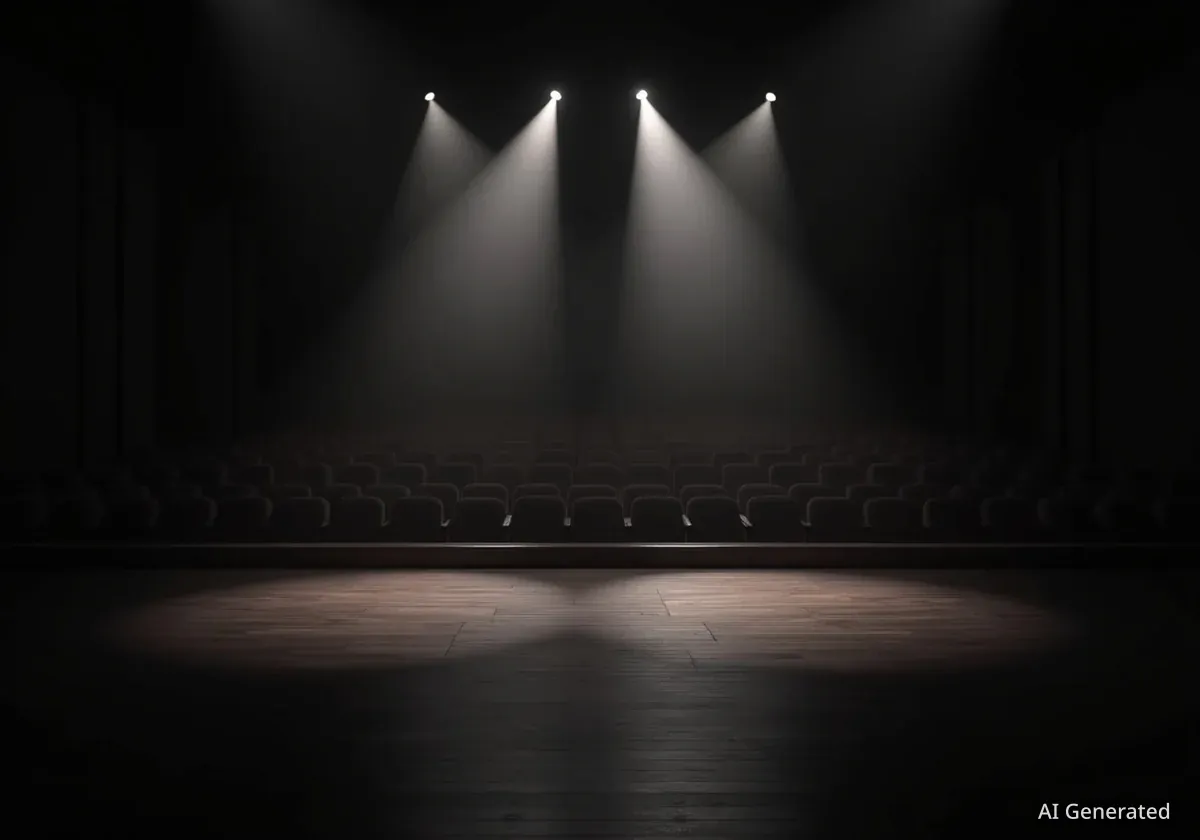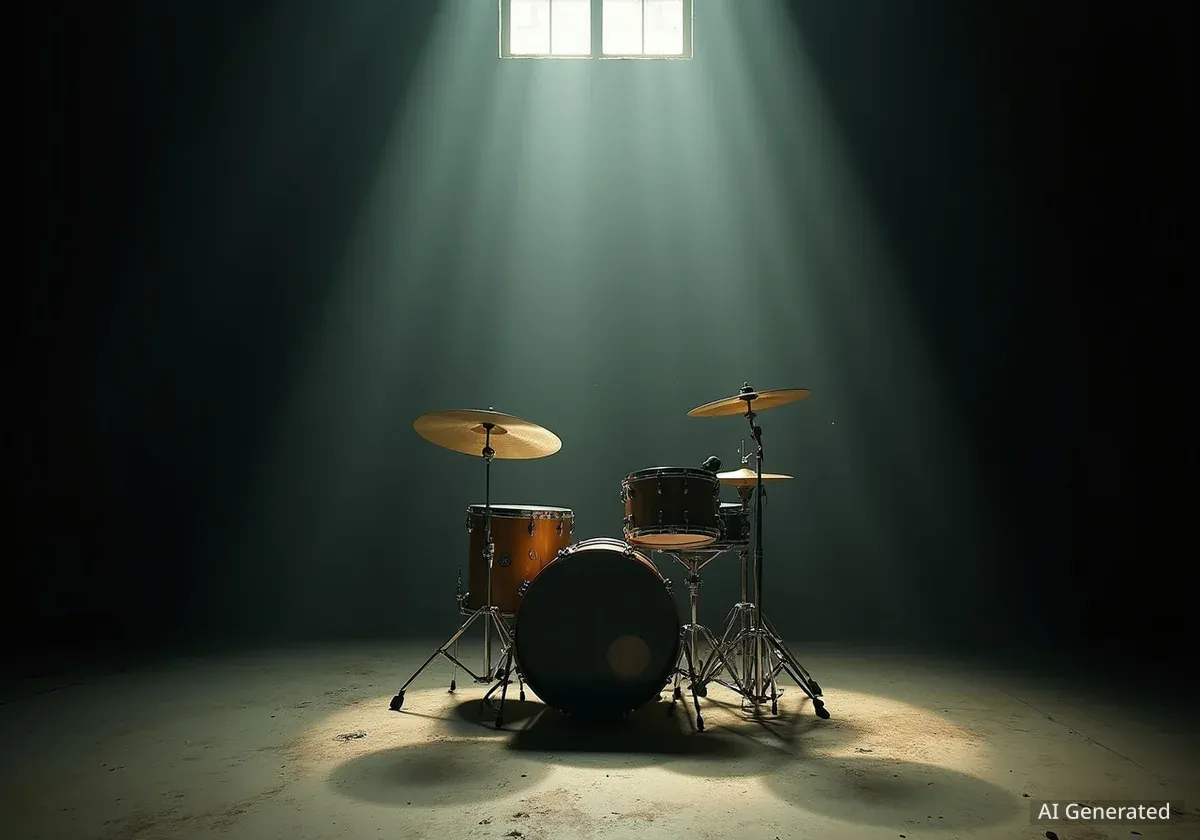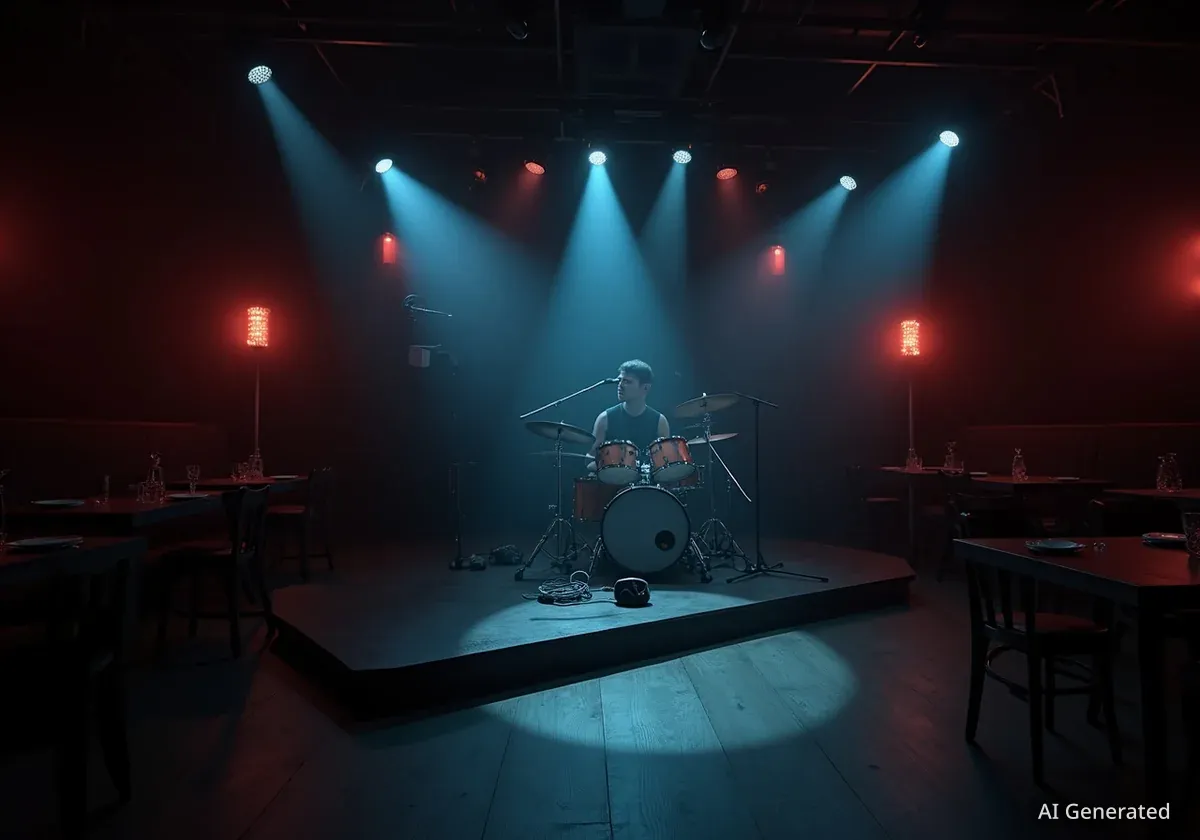The Bern production of Giacomo Puccini's opera "Manon Lescaut" at Bühnen Bern has generated significant discussion due to its unconventional staging. Critics point to a disconnect between the musical score and the visual narrative presented on stage, raising questions about the director's interpretation of the classic work. While the Berner Sinfonieorchester and lead soprano received praise, the overall artistic direction has been described as problematic.
Key Takeaways
- The Bühnen Bern production of "Manon Lescaut" departs significantly from Puccini's original opera.
- Director Anna Bergmann's staging created a parallel narrative, distracting from the music.
- Alevtina Ioffe, the new opera director, led the Berner Sinfonieorchester effectively.
- Kiandra Howarth, as Manon, delivered a strong vocal performance.
- The staging choices, including costumes and video elements, were widely criticized.
A Divergent Interpretation of Puccini's Classic
Giacomo Puccini's "Manon Lescaut," first performed in 1893, was a pivotal work for the composer. It marked his initial breakthrough before his more famous operas like "La Bohème" and "Tosca." The opera tells the story of Manon's life through four acts. It begins with her falling in love with the impoverished Chevalier des Grieux in Amiens. The narrative then follows her to Paris, living with the wealthy Geronte de Ravoir, her attempted escape with des Grieux, and her eventual deportation to Louisiana, where she dies.
However, the Bühnen Bern production, directed by Anna Bergmann, presented a drastically different visual story. According to critics, the staging deviated from the libretto for three out of the four acts. This approach led to a parallel narrative that often overshadowed Puccini's original music and plot.
Opera Fact
Giacomo Puccini worked with seven different librettists for "Manon Lescaut" before its premiere, highlighting the complex development of the opera's story.
Staging Choices Draw Strong Criticism
The first three acts of the Bern production featured a series of unusual and perplexing staging elements. These included red-clad nuns with white bonnets, strange ritualistic scenes, and a paddling pool on a Parisian salon stage. Students in the opera were depicted as soldiers wearing uniforms resembling garbage bags. In the third act, a crane, typically associated with a harbor, was used as a gallows, and the lamp-lighter character acted as an executioner.
Perhaps the most significant departure from the original plot occurred in the third act. Instead of deportation, Manon and des Grieux were shot on stage. They then appeared in the fourth act, wandering through an empty, black-backed stage. This choice left the audience to guess whether the events of the final act were a dream or a nightmare, creating significant confusion.
"The production 'Manon Lescaut' at Bühnen Bern has only a marginal connection to the actual opera," stated one critic, highlighting the extent of the directorial changes.
Music and Performance: A Brighter Note
Despite the controversial staging, the musical aspects of the production received positive feedback. The evening marked the debut of Alevtina Ioffe as the new opera director. Under her baton, the Berner Sinfonieorchester performed Puccini's complex score with notable skill. The orchestra successfully captured Puccini's characteristic sound, which ranges from rich and powerful to delicate and light. Puccini's intricate instrumentation allowed for several strong solo performances from the orchestra members.
Director's Vision
Modern opera productions often reinterpret classic works. Directors may aim to highlight new themes, challenge traditional views, or make the opera relevant to contemporary audiences. However, this approach can sometimes lead to significant deviations from the original material, sparking debate among critics and audiences.
Lead Soprano Praised
Kiandra Howarth, who took on the title role of Manon, delivered a compelling performance. Her warm, clear, and vibrant voice, with its secure high notes, was a highlight of the evening. Howarth had previously impressed audiences at the Bern Stadttheater in the role of Arabella. Her portrayal of Manon was considered a significant asset to the production.
The tenor performing opposite Howarth, Andeka Gorrotxategi, received a more mixed review. While his voice showed potential for a heroic, metallic quality, his singing was often described as an uncontrolled forte display with strained high notes. Critics hoped this might be due to opening night nerves rather than a consistent vocal issue.
- Kiandra Howarth: Praised for her warm, clear, and high-reaching voice as Manon.
- Alevtina Ioffe: New opera director, praised for her leadership of the orchestra.
- Berner Sinfonieorchester: Delivered a strong performance of Puccini's score.
- Andeka Gorrotxategi: Tenor whose performance was inconsistent, possibly due to premiere jitters.
Feminist Perspective and Disconnected Narrative
The director's program notes suggested a "feminist perspective" as the basis for the reinterpretations. However, critics argued that the actual staging had little to do with Puccini's "Manon Lescaut." Instead, it appeared to draw heavily from Margaret Atwood's dystopian novel "The Handmaid's Tale," published in 1985. This influence was evident in elements like the red "nuns" seen on stage.
This approach, according to analysis, did a disservice to Puccini's work. It effectively separated the musical score from the stage action, removing any meaningful connection between the music and the characters or plot. The production treated Puccini's score almost like a generic soundtrack, rather than an integral part of the opera's narrative structure. Critics suggested that if a feminist interpretation was the goal, a different opera, such as Poul Ruders's "The Handmaid's Tale" opera, might have been a more suitable choice.
Visual Overload
The production also incorporated various video formats. The first act featured flickering fertility slogans. The second act projected live, large-format footage of the action onto the upper half of the stage. These elements were deemed excessive and distracting, contributing to the overall sense of a cluttered and confusing presentation.
Future Implications and Audience Reaction
The production runs until December 31, 2025, at the Stadttheater Bern. The decision to schedule "Manon Lescaut," in this specific staging, for New Year's Eve performances has also been questioned. Critics suggest Bühnen Bern should reconsider its programming given the highly divisive nature of the current production.
Audiences leaving the theater expressed confusion and dissatisfaction. The significant alterations to the plot, combined with the often-bizarre visual elements, created an experience that many found difficult to reconcile with Puccini's original opera. The critical reception suggests a need for reevaluation regarding how classic works are interpreted and presented, especially when the staging risks alienating the audience from the core of the musical drama.
The question remains whether such radical reinterpretations serve to invigorate or detract from the opera experience. For many, the Bern production of "Manon Lescaut" leaned towards the latter, leaving a lasting impression of missed opportunities and artistic overreach.




